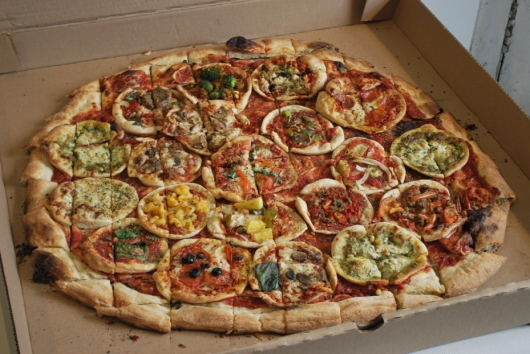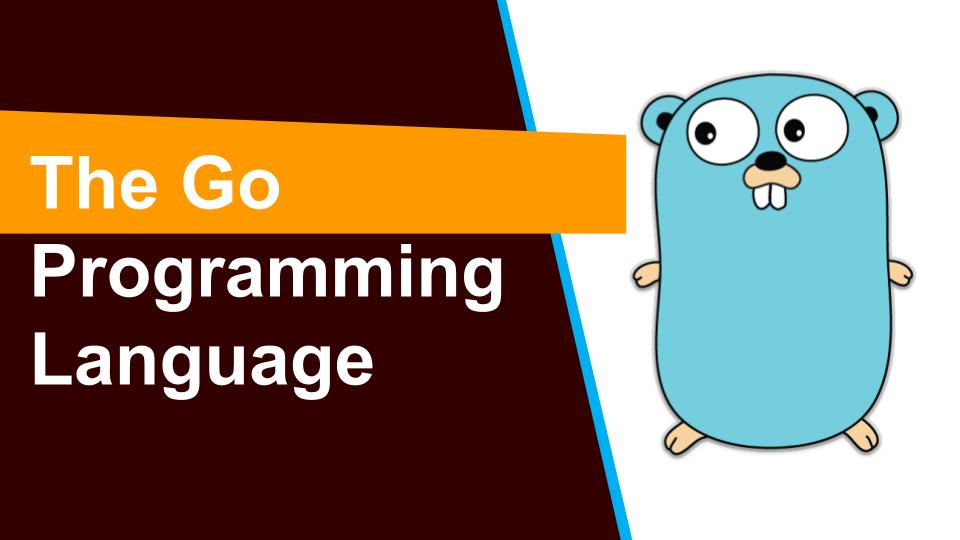The Go programming language supports recursion (the process of repeating items in a self-similar way). That is, it allows a function to call itself. But while using recursion, programmers need to be careful to define an exit condition from the function, otherwise it will go on to become an infinite loop.
Mixed Variable Declaration in Go
Dynamic Type Declaration in Go
A dynamic type variable declaration requires the compiler to interpret the type of the variable based on the value passed to it. The compiler does not require a variable to have type statically as a necessary requirement.
Static Type Declaration in Go
A static type variable declaration provides assurance to the compiler that there is one variable available with the given type and name so that the compiler can proceed for further compilation without requiring the complete detail of the variable. A variable declaration has its meaning at the time of compilation only, the compiler needs the actual variable declaration at the time of linking of the program.





